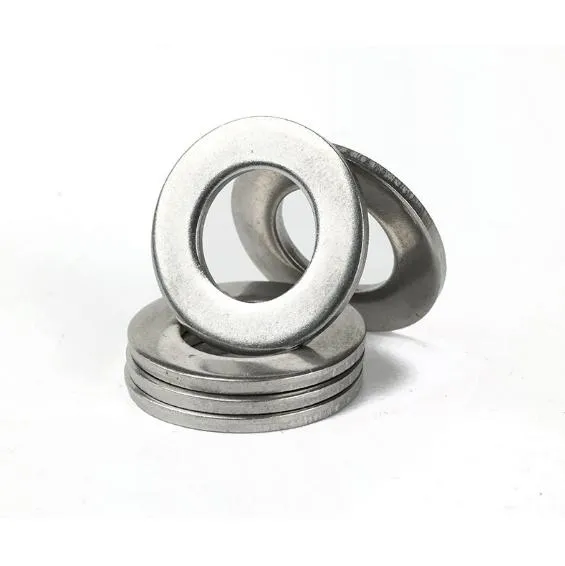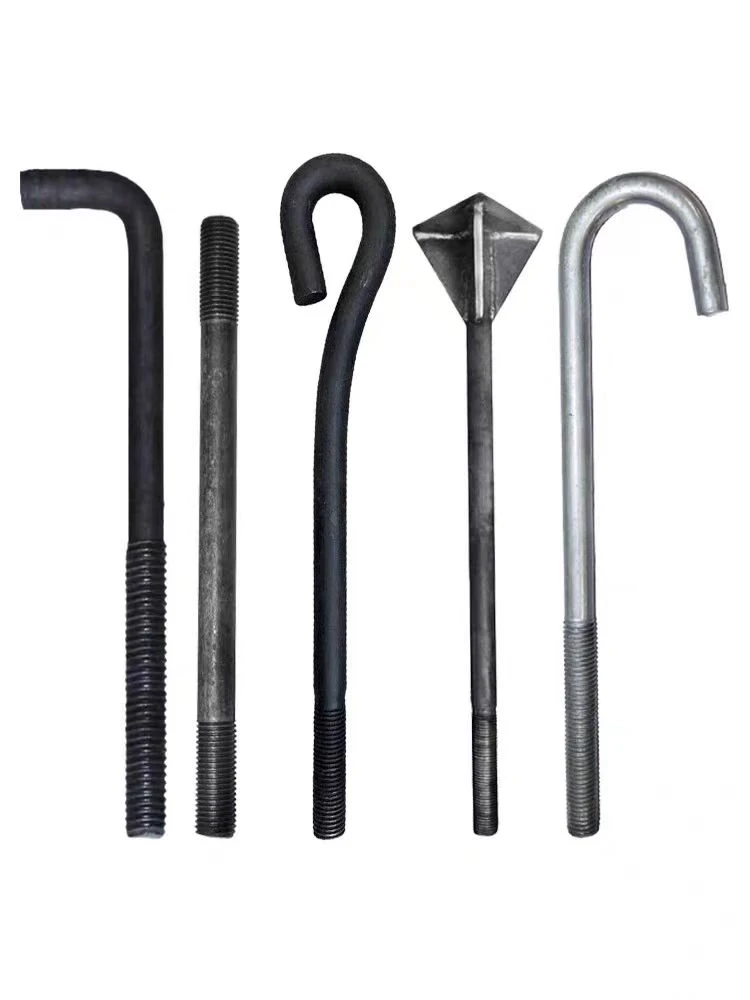

Self-Tapping Screws in Metric Size for Various Applications – Durable & Versatile Fasteners
Jul . 08, 2025 05:36 Back to list
Self-Tapping Screws in Metric Size for Various Applications – Durable & Versatile Fasteners
- Introduction: Overview of self-tapping screws in metric size for various applications
- Technical advantages and manufacturing standards
- Industry data and market trends
- Comparative analysis of leading manufacturers
- Custom solutions and specification flexibility
- Application case studies and best practices
- Conclusion: The future of self-tapping screws in metric size for various applications

(self-tapping screws in metric size for various applications)
Introduction: The Versatility of Self-Tapping Screws in Metric Size for Various Applications
Self-tapping screws in metric size for various applications have emerged as essential fasteners across a range of industries, including construction, automotive, electronics, and manufacturing machinery. These screws are designed to form or cut threads into the material, enabling secure and durable joint formation without the need for pre-tapped holes. Their adaptability and ease of use are driving factors in sectors where efficiency and reliability are critical. Manufacturers now offer advanced varieties catering to both lightweight and heavy-duty uses, reflecting extensive innovation in screw metallurgy, threading, and tip design. As a result, the market demand for metric-sized self-tapping screws continues to grow rapidly, backed by the need for precise dimensioning and compatibility with international mechanical standards.
Technical Advantages and Manufacturing Standards
The technical superiority of self-tapping screws in metric sizes lies in their threading geometry and material composition. Modern variants utilize hardened carbon steels, stainless steels, and specialized alloys that provide enhanced resistance to corrosion and mechanical stress. Standard manufacturing tolerances conform to ISO 1478 and DIN 7981/7982, ensuring interchangeability across international projects. Advanced thread designs—such as twin-lead threads—accelerate insertion and reduce driving torque by up to 30% compared to conventional screws. Additionally, the incorporation of self-drilling tips or wings minimizes the risk of substrate splitting, especially in softer materials like plastics and composites. These engineered advantages translate to improved productivity, lower installation costs, and higher joint integrity, making them the preferred choice for precision assembly and high-load applications.
Industry Data and Market Trends
The global market for self-tapping screws in metric sizes is estimated to exceed 1.5 billion USD in annual revenue, with a projected compound annual growth rate (CAGR) of 6.5% through 2027. According to a 2023 industry report, construction and automotive sectors account for more than 60% of all metric self-tapping screw consumption. There has been a marked shift towards micro-sized screws, particularly in consumer electronics and precision devices, representing an annual unit growth of over 10%. Regionally, Asia-Pacific leads in production volume, while Europe remains at the forefront of standardization and quality control. Environmental considerations have also spurred innovation; approximately 18% of manufacturers now offer recyclable or low-impact coating options. The following table summarizes key market statistics:
| Segment | 2023 Share (%) | Growth Rate (2023-2027) | Key Driver |
|---|---|---|---|
| Construction | 37.5 | 5.9% | Infrastructure, Modular Building |
| Automotive | 23.1 | 7.2% | Lightweight Components |
| Electronics | 14.7 | 10.4% | Miniaturization, High Precision |
| Other Industries | 24.7 | 4.8% | Diversification, Custom Solutions |
Comparative Analysis of Leading Manufacturers
The landscape for self-tapping screw manufacturers is highly competitive, with leading players distinguished by technical innovation, quality assurance, and global reach. The following comparative table highlights major vendors based on key performance parameters such as product range, certification, lead time, and customer support:
| Manufacturer | Product Range | ISO/DIN Certification | Avg. Lead Time | Technical Support | Customization |
|---|---|---|---|---|---|
| Fastenal Europe | Extensive (M2-M24) | ISO 1478, DIN 7981 | 7-10 days | 24/7 Online & On-site | Yes |
| BULKFIX Fasteners | Moderate (M3-M20) | ISO 9001 | 14 days | Email/Phone Only | Limited |
| Bossard Group | Comprehensive (M1.6-M30) | ISO 1478, ISO 9001 | 5-8 days | Engineering Consultancy | Full Spectrum |
| RUICHEN Fastener | Wide (M2.5-M16) | ISO 1478, DIN 7982 | 10-12 days | Technical Teams | Moderate |
This comparison reveals that while some vendors focus on high-volume standard sizes, others excel in providing niche or fully customized solutions supported by advanced engineering services.
Custom Solutions and Specification Flexibility
The scope of customization for metric self-tapping screws spans material selection, surface treatments, and precision tolerances. Manufacturers are now leveraging advanced CNC machining and cold heading technologies to offer screws tailored to unique project requirements, including enhanced head geometries and drive types (Torx, Phillips, Hex). Options for anti-corrosion coatings—such as zinc-nickel plating and organic sealants—extend service life by up to 300% over uncoated alternatives. Design teams can precisely specify head height, drive recess, and thread pitch, while simulation-based prototyping eliminates costly trial runs. For high-volume OEMs, vendor-managed inventory systems and just-in-time (JIT) deliveries ensure supply chain agility. These custom capabilities empower engineers to achieve both regulatory compliance and unique structural or aesthetic outcomes, whether in aerospace assemblies or bespoke architectural installations.
Application Case Studies and Best Practices
Real-world deployments underscore the critical impact of choosing optimal self-tapping screws in metric sizes for various applications. In a recent high-rise construction project in Germany, metric M6 self-tapping screws with self-drilling tips increased curtain wall panel installation efficiency by 22%, as reported by the project’s engineering firm. Automotive manufacturers, facing demands for weight reduction, adopted M5 stainless steel self-tapping screws, resulting in assembly time savings of 18% per vehicle and a 15% reduction in fastener weight. In electronics, the introduction of micro-sized metric screws (as small as M1.6) allowed for thinner device profiles and improved internal component integrity in next-generation smartphones. Successful projects consistently emphasize the importance of pre-project consultation, thorough substrate testing, and standardized installation torque settings to maximize performance and safety.
Conclusion: The Evolving Role of Self-Tapping Screws in Metric Size for Various Applications
The adoption and technological evolution of self-tapping screws in metric size for various applications continue to reshape standards in multiple industries. Market data shows a trajectory of robust growth, matched by expanding technical capabilities and a focus on sustainability within manufacturing processes. As engineers and purchasing managers increasingly demand bespoke fastening solutions, the synergy between quality, customization, and logistics flexibility is set to define future procurement strategies. To maintain competitive advantage, stakeholders must prioritize rigorous supplier evaluation, collaboration on custom specifications, and adherence to evolving industry regulations. In summary, self-tapping screws in metric sizes are poised to deliver higher levels of reliability, operational efficiency, and design innovation as applications become more sophisticated and globalized.

(self-tapping screws in metric size for various applications)
FAQS on self-tapping screws in metric size for various applications
Q: What are self-tapping screws in metric size for various applications?
A: Self-tapping screws in metric size are specialized fasteners designed to cut their own threads in materials. They are commonly used in metal, plastic, and wood assembly. These screws are available in standard metric measurements for global compatibility.Q: When should I use self-tapping screws in metric size for various applications?
A: Use metric self-tapping screws when assembling components that require precise fit and compatibility with international standards. They are ideal for projects involving metalwork, plastics, and timber. Their versatility suits both industrial and household applications.Q: What are the different types of self-tapping screws in metric size and their applications?
A: There are multiple types, including thread-forming and thread-cutting screws, each suited for different materials. Thread-forming screws are best for ductile materials, while thread-cutting is ideal for harder materials. Both are widely used in automotive, construction, and electronics industries.Q: How do self-tapping screws in metric size for various applications compare to regular screws?
A: Self-tapping screws can create threads as they are driven, eliminating the need for pre-tapped holes. Regular screws require a pre-threaded or pre-drilled hole. This makes self-tapping screws more convenient for on-site assembly.Q: What should I know when exploring various types of stud bolts and their applications?
A: Stud bolts come in different styles for flanged, bolted, and high-pressure connections. Their applications range from construction to machinery and pipeline assembly. The selection depends on material compatibility, load requirements, and environmental conditions.Latest news
-
Full Thread Studs: Max Strength & Secure Fastening Solutions
NewsAug.26,2025
-
Secure Threaded Fasteners: Steel, Titanium, Wall, Wood Solutions
NewsAug.21,2025
-
Durable Brass Fasteners: Quality Solutions for Every Project
NewsAug.19,2025
-
High-Strength Hot Dip Galvanized Bolts - Hebei Longze Metal Products Manufacturing Co., Ltd.|Corrosion Resistance, Customizable Sizes
NewsAug.18,2025
-
Hot Dip Galvanized Bolts - LongZe | Corrosion Resistance, High Strength
NewsAug.18,2025
-
Hot Dip Galvanized Bolts-Hebei Longze|High Strength&Corrosion Resistance
NewsAug.18,2025

